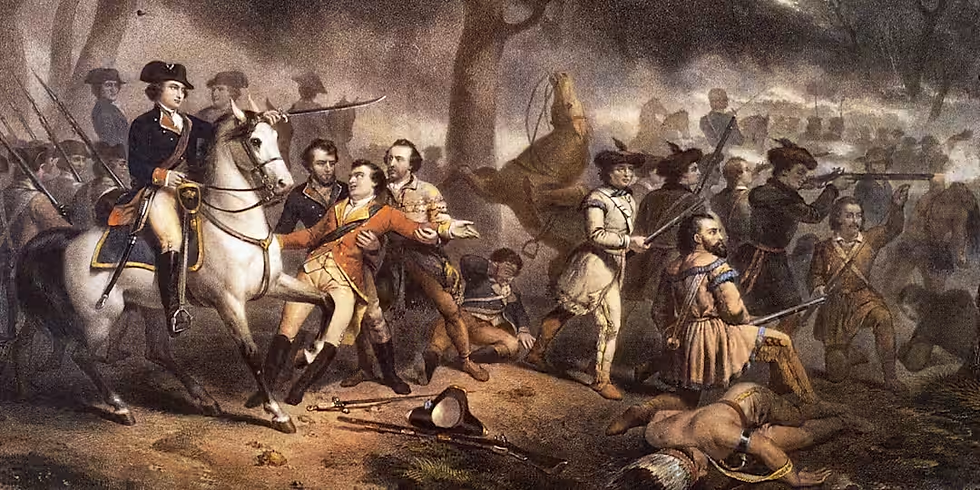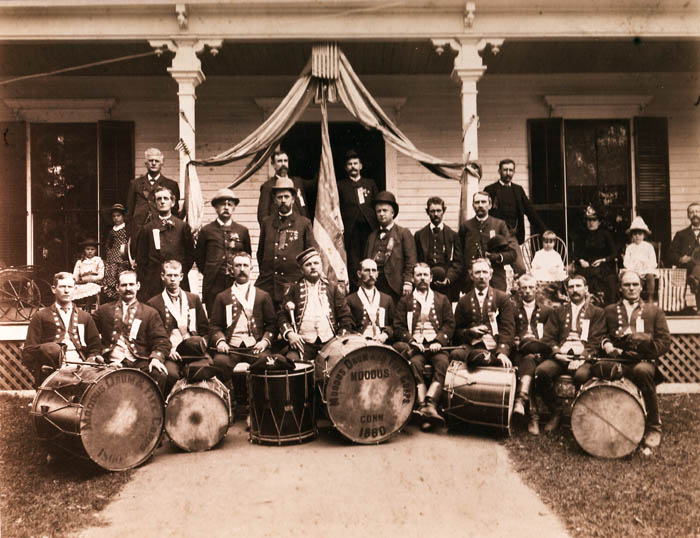Crossing the Waters of Wilbraham: A History of the Town’s Early Bridges
- David Bourcier
- Nov 23
- 3 min read
Bridges have long shaped the movement of people and goods in Wilbraham, though surprisingly few have ever crossed its waterways. Only two major road bridges span the Chicopee River into Ludlow, forming the northernmost connections between the two communities. Within Wilbraham itself, the earliest crossings were built over the town’s smaller streams, providing essential links between dispersed farms and early roads.
One of the earliest known structures stood on the old Bay Road, today’s Boston Road, where it crossed Twelve Mile Brook. As early as 1737, when this region was still part of Springfield, the General Court reprimanded the town for allowing the wooden pier bridge to fall into disrepair, underscoring how essential such crossings were to everyday travel and communication. Another early bridge, said to have been built in 1767, roughly half a mile upstream on Twelve Mile Brook at what was then called the Third Road, now Crane Hill Road. It remained in service for nearly two hundred years until the destructive flood of 1955 swept it away. Both of these once-important crossings have since been replaced by culverts, their earlier forms largely hidden beneath modern infrastructure.
To the south, in what was then South Wilbraham and is now the town of Hampden, three early bridges once spanned the Scantic River. In their time, all these crossings ranked among the most important in the larger Wilbraham area, supporting travel, commerce, and communication among the scattered settlements along the valley.
Of the town’s river crossings, none have been more historically significant than the two bridges connecting Wilbraham to Ludlow. The first, known for generations as the Collins Covered Bridge, once stood at the end of Cottage Avenue in North Wilbraham. Built around 1852 at a long-used ford of the Chicopee River, the site had been a regular crossing point since colonial days, linking the First and Second Divisions of the Outward Commons. Records from Ludlow suggest that an earlier pier bridge existed there before 1850, but it was reportedly washed out by flooding, leading to the construction of the more substantial covered bridge in 1852.


Named for Warren Collins, the first station agent at the nearby depot, the bridge lent its name to the growing neighborhood around it, including the adjacent paper mill. Wilbraham received $2,333.55 from a federal treasury surplus to fund its share of the project. The bridge originally lacked a central pier; one was added in 1878, and the stone base of that pier still supports the 1939 bridge that replaced the covered structure.
For more than eighty years, the Collins Covered Bridge served as a vital link across the river until the hurricane of 1938 destroyed its abutments. In 1939, a new steel bridge rose on the same site. Officially named the Green-Towne Bridge, it honored two respected selectmen, Fred W. Green of Wilbraham and Frank Towne of Ludlow, whose long service to their communities made the dedication especially fitting. The Green-Towne Bridge continues to carry Cottage Avenue across the Chicopee River today, maintaining a crossing that has existed for centuries.
The second major Chicopee River crossing is the bridge on Red Bridge Road in the northernmost part of town, an area long known simply as Red Bridge. This was Wilbraham’s oldest covered bridge and was already standing before 1836. In 1838, Wilbraham and Ludlow jointly repaired it, assisted by a $300 federal treasury surplus grant—the same fund that later helped finance the Collins Bridge. A more extensive overhaul followed in 1873.
At the turn of the twentieth century, the construction of the Red Bridge dam led to the removal of the old covered bridge. It was replaced in 1900 with a steel structure, which served the community until the severe floods of 1936 destroyed it. A new concrete bridge was completed the following year, in 1937, and it remains in place today, preserving a river crossing at Red Bridge that has existed for nearly two hundred years.





Comments